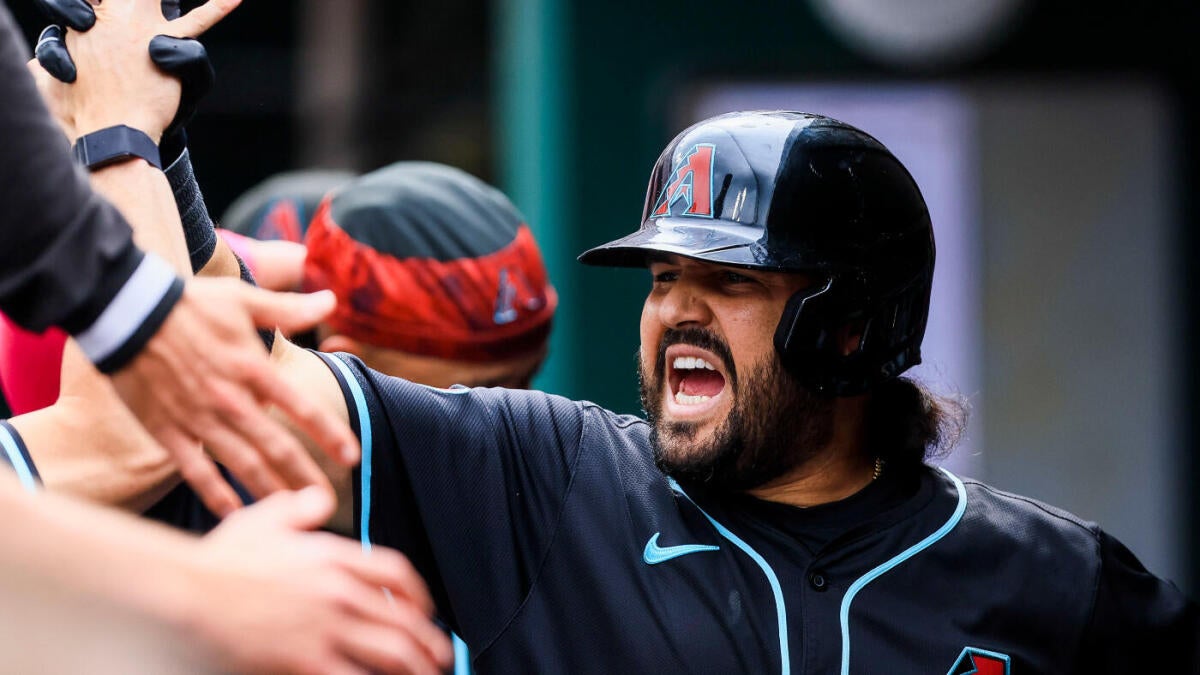Decoding the June 18th MLB Home Run Prop Landscape
The Evolution of Home Run Prop Bets
The world of baseball is always buzzing with excitement, but on June 18th, 2024/2025, the focus is particularly sharp on home run prop bets. These bets are not just about predicting which players will hit home runs but also about understanding the intricate details that influence these outcomes. The landscape is dominated by a data-driven approach, leveraging statistical models and expert analysis to identify potential long-ball hitters.
The Rise of Data-Driven Prop Bets
At the heart of the current betting strategy lies data analytics. Platforms like SportsLine and OddsShopper are at the forefront of this trend, utilizing sophisticated models and statistical trends to inform their picks. SportsLine’s model, for instance, has amassed a 34.85-unit profit on home run picks over the last 71 days, underscoring the potential profitability of a data-driven approach. This method goes beyond merely identifying good hitters; it involves understanding matchups, ballpark factors, and recent performance to predict which players are most likely to hit a home run on a given day. OddsTrader further emphasizes this, focusing on “statistical trends and betting odds” for optimal parlay construction.
This shift towards data-driven betting reflects a broader trend in sports betting—a move away from gut feelings towards quantifiable analysis. The availability of detailed player statistics, combined with advanced modeling techniques, allows bettors to make more informed decisions. This approach not only increases the likelihood of successful bets but also adds a layer of sophistication to the betting process.
Eugenio Suarez: The Consistent Favorite
One name that stands out across multiple sources is Eugenio Suarez. He is repeatedly identified as a prime home run candidate, appearing in articles from various outlets. His early-season success, highlighted by leading the majors with five home runs at one point, has established him as a player to watch. The data supporting this pick includes his impressive power numbers—30 home runs in 158 games previously—and a solid slash line of .231/.307/.518 with 55 RBI. The consistent mention of Suarez suggests he presents a favorable combination of power, opportunity, and potentially advantageous matchups.
Beyond Suarez: Identifying Other Potential Sluggers
While Eugenio Suarez is a recurring name, the analysis doesn’t solely focus on a single player. Several other hitters are identified as potential home run threats, demonstrating a broader search for value.
- Juan Soto: Mentioned in a parlay suggestion, indicating his consistent power potential.
- Patrick Bailey: Successfully predicted to hit a home run by OddsShopper’s Discord community, showcasing the value of community-driven insights.
- Bryce Harper: Also highlighted by OddsShopper as a potential target for home run prop bets.
- Goodman (Rockies): Leading the Rockies in home runs (13), RBIs (43), and batting average (.287), making him a noteworthy candidate, particularly in favorable matchups.
- Players in specific matchups: Articles focus on identifying players “primed to touch ‘em all” based on daily analysis, suggesting a dynamic approach that adapts to changing circumstances.
This diversification is crucial. Relying solely on one player, even a strong hitter like Suarez, carries inherent risk. Identifying multiple potential home run hitters allows bettors to spread their risk and increase their chances of success.
The Importance of Context: Matchups and Ballpark Factors
The analysis isn’t purely about individual player statistics. Contextual factors, such as matchups and ballpark characteristics, play a significant role. The Dodgers vs. Rockies game is specifically highlighted, suggesting a potentially high-scoring affair with opportunities for home runs. Furthermore, the emphasis on “longshot” home run prop bets indicates a willingness to explore less obvious candidates, potentially capitalizing on favorable matchups or undervalued players. This strategy requires a deeper understanding of opposing pitchers, defensive weaknesses, and the specific nuances of each ballpark.
Prop Bet Strategies: Parlays and Dinger Tuesdays
The data reveals a variety of betting strategies employed by both experts and bettors. Parlays are a popular choice, with OddsTrader specifically focusing on building high-value parlays by combining multiple home run prop bets. This approach offers the potential for significant payouts but also carries a higher degree of risk. FanDuel’s “Dinger Tuesday” promotion is another strategy leveraged by OddsShopper, highlighting the importance of taking advantage of promotional offers to maximize potential returns. The consistent focus on identifying individual “best bets” suggests that single-game home run prop bets remain a popular and viable strategy. The pursuit of longshot bets indicates a willingness to accept higher risk for potentially larger rewards.
Team Performance and Statistical Insights
Beyond individual players, some analysis touches on team-level statistics. The San Francisco Giants’ home run production (19th in MLB with 70 home runs) is noted, providing a broader context for evaluating their offensive capabilities. This type of information can be valuable when considering team totals or run line bets. Understanding team dynamics and performance metrics adds another layer of depth to the betting strategy, allowing for more comprehensive and informed decisions.
Conclusion: A Sophisticated Approach to Home Run Betting
The June 18th MLB home run prop betting landscape is characterized by a sophisticated, data-driven approach. The emphasis on statistical modeling, player-specific analysis, and contextual factors demonstrates a significant evolution in how bettors evaluate these wagers. Eugenio Suarez emerges as a consistent favorite, but a broader range of players are identified as potential home run threats. The successful implementation of these strategies hinges on a commitment to ongoing research, a willingness to adapt to changing circumstances, and a keen understanding of the interplay between individual player performance, matchups, and ballpark dynamics. Ultimately, the goal is to move beyond simple predictions and towards a more nuanced and informed assessment of the probability of a player hitting a home run on any given night. The data suggests that those who embrace this approach are best positioned to “swing for the fences” and capitalize on the lucrative opportunities presented by MLB home run prop bets.

